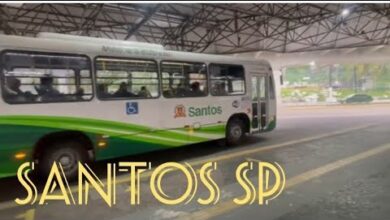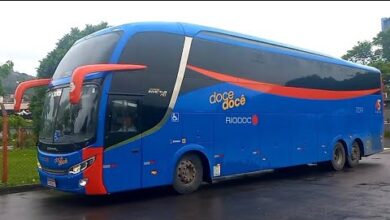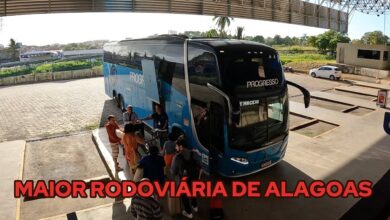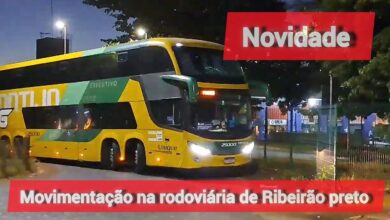
Brasília DF – Plano Piloto Bus Station
The Plano Piloto Bus Terminal, located in Brasilia, in the Federal District, is one of the main transport centers of the Brazilian capital. Situated in the heart of the Pilot Plan, it was designed by Lúcio Costa, the city’s planner, and inaugurated on September 12, 1960, during the government of Juscelino Kubitschek. The terminal is known as the “marco zero” of Brasilia, as it marks the crossing point between the road axis (north south) and the monumental axis (east-west), central elements of the city’s urban plan. Structure and Location The terminal was conceived as the nucleus of urban life in Brasilia, articulating the city’s monumental and gregarious scales. It is organized at three main levels: higher level: linked to the fun sectors, with parking areas and squares; Lower level: Sheltered the bus departure and landing platforms; Level Block: where Eixão passes, linking the north and south wings, in addition to the Central Metro Station, inaugurated in 2001. Its strategic location, in the center of the South Wing, near the Esplanade of Ministries and the commercial sector, makes it a point of convergence for residents of the Federal District and satellite cities, such as Ceilândia, Taguatinga and Samambaia, as well as neighboring municipalities. Plano Piloto Road is the main urban and long distance bus stop of the Federal District, receiving about 600 to 700 thousand passengers per day, according to recent estimates. It acts as a public transport hub, integrating bus lines and the subway, which facilitates the displacement to various regions of the capital and surroundings. In addition, specific lines connect the terminal to the Esplanade of Ministries and the Brasilia International Airport. Lúcio Costa’s historical and urban context idealized the bus station as a space for social integration, where the population of the satellite cities and the Pilot Plan would be. He described the terminal as the “trace of unity” between a planned metropolis and the peripheral areas. The construction was a great effort, with land delivery to level the land and create the basis for the Esplanade of Ministries, highlighting its relevance in the Brasilia project. Despite its importance, the terminal was not designed by Oscar Niemeyer, like many of the capital’s monuments, but reflects the coast’s functionalist view, prioritizing pedestrian and accessibility. However, over time, vehicle traffic growth and lack of maintenance compromised this original position. Challenges and modernization over the years, the bus station has faced problems such as structural, insecurity and overcrowding. These challenges motivated the discussion about their management and revitalization. In 2023, the Federal District Government (GDF) sanctioned Law No. 7,358, authorizing the granting of the terminal to the private initiative for 20 years, through a public-private partnership (PPP). The project, with an estimated value of R $ 119.7 million, provides for renovation, modernization and commercial exploitation of the space, including the parking lots of the National and Conic Set. The concession, promoted by the Cathedral Consortium, began to be renewed in 2025, with the transition from public to private management. Planned changes are the revitalization of platforms, the construction of structures to board the BRT, landscaping projects and the restructuring of commercial areas. However, the relocation of street vendors, who historically use space as a source of income, has generated debates on social inclusion and the impacts of privatization. Curiosities The bus station was inaugurated on the anniversary of Juscelino Kubitschek, who insisted on his decision before the end of his mandate. Despite its urban vocation, the terminal was not designed for the current passenger volume, which reflects the unforeseen growth of Brasilia and its satellite cities. Today, the Plano Piloto Bus Terminal is more than one point of passage: it is a symbol of identity in Brasilia, reflecting both the modernist ideals of its creation and the challenges of a constantly transformed capital. (Tagstotranslate) Brasília DF
Melhores vides Rodoviárias do Brasil Brazil: Visit, subscribe, and share the Official YouTube Channel






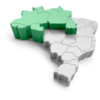



























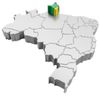



































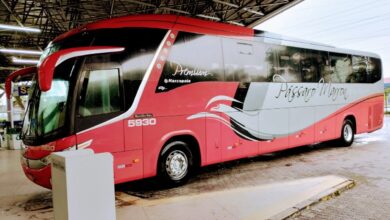
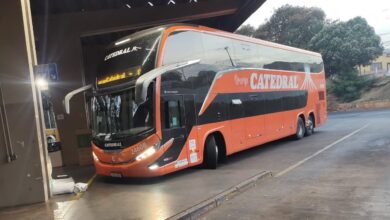

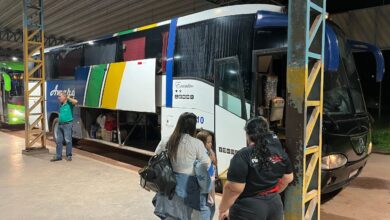

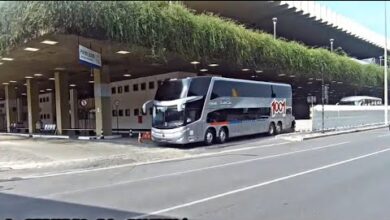

 ️ (Porto Alegre Bus Bus) Bus movement in Porto Alegre-RS
️ (Porto Alegre Bus Bus) Bus movement in Porto Alegre-RS

